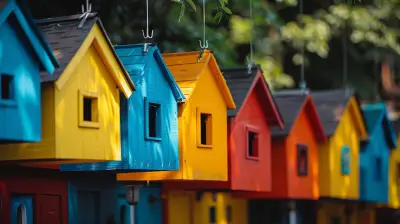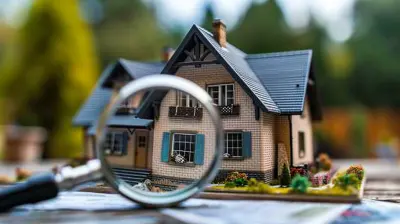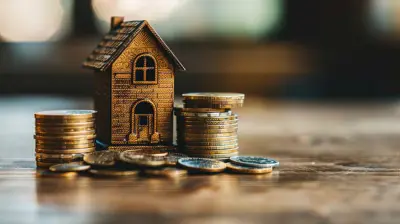The Future of Retail in Urban Mixed-Use Developments
2 October 2025
Retail has come a long way—from bustling bazaars to giant suburban shopping centers, and now, to something even more dynamic: urban mixed-use developments. If you've walked through a modern city block recently, you've probably noticed it. Residential towers stacked over trendy cafes, co-working spaces next to boutique stores, a Whole Foods on the ground floor with condos above—it’s all part of a new era in urban design.
But here's the million-dollar question: What does the future hold for retail in these blended, multi-purpose spaces? Let’s take a deep dive into how retail is evolving in urban mixed-use developments, and most importantly, what this means for investors, developers, and city dwellers.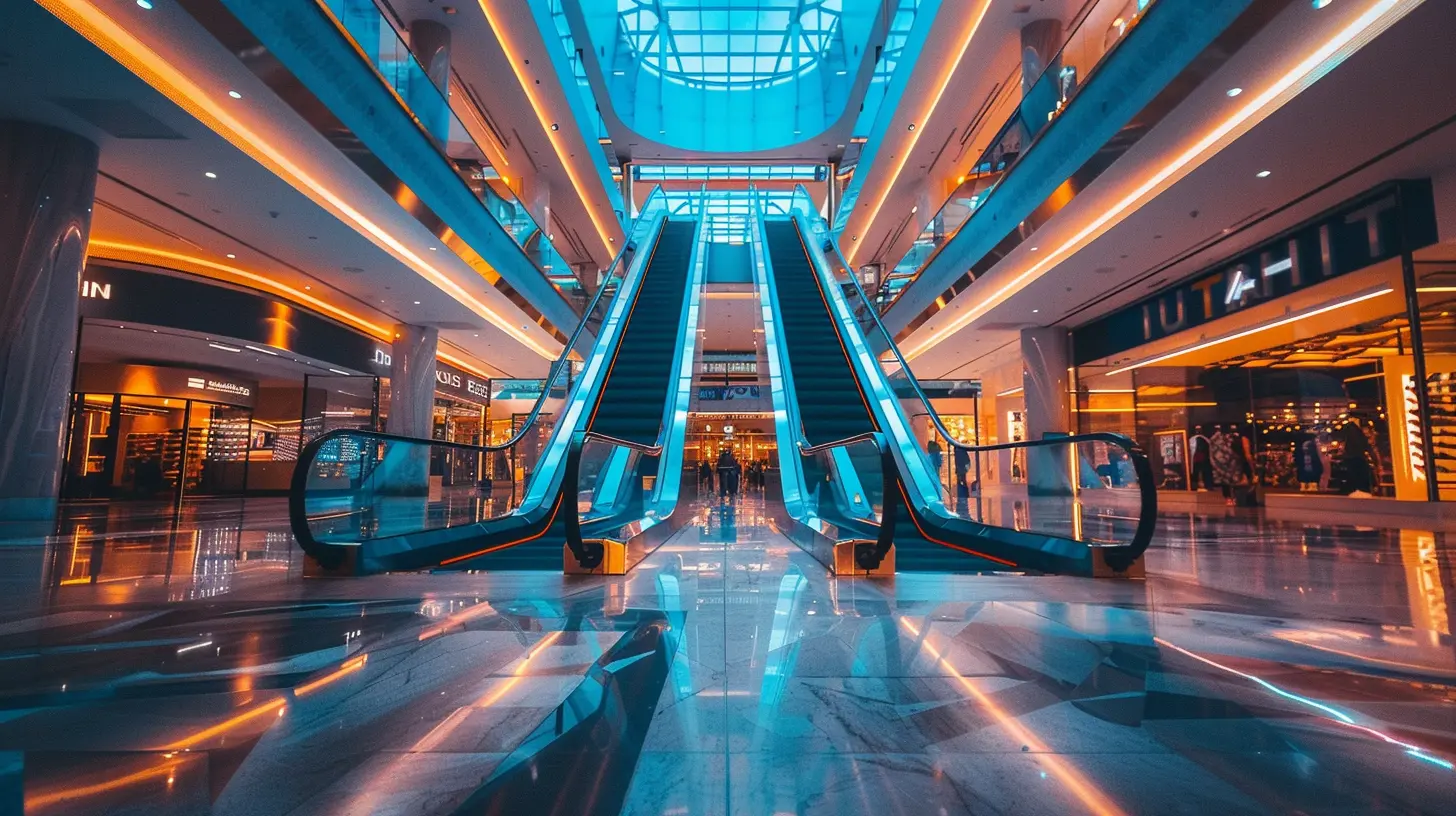
What Are Urban Mixed-Use Developments Anyway?
First things first, let’s break it down. Urban mixed-use developments are exactly what they sound like—spaces designed for multiple uses. Think residential, commercial, hospitality, retail, and even public amenities, all co-existing within a compact urban footprint.Why is that a big deal? Because it’s the ultimate convenience cocktail. You can wake up, grab coffee downstairs, hit the gym, work remotely from a co-working space three floors down, and then meet friends for dinner—all within the same block.
It's basically the city version of a Swiss Army knife.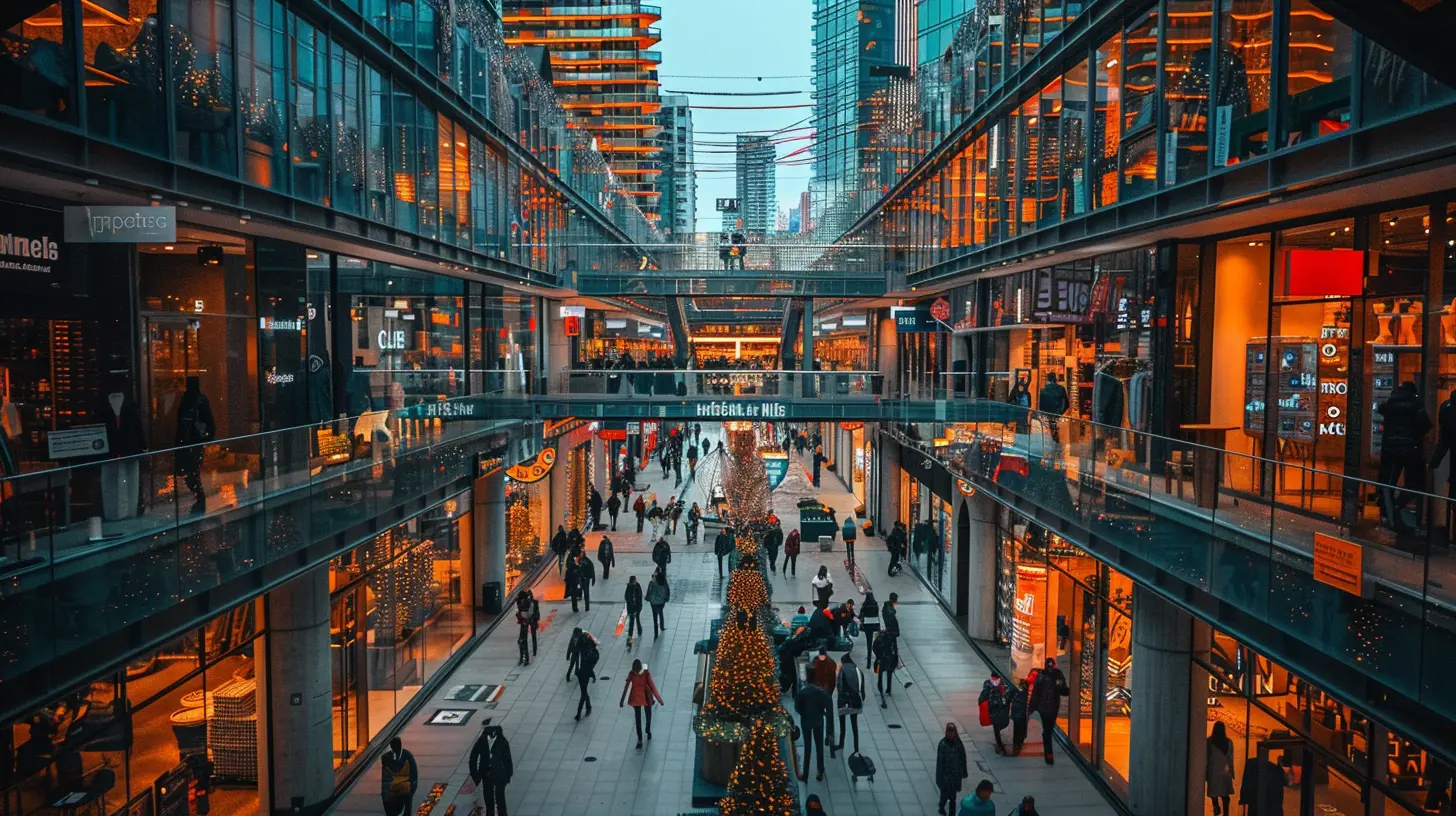
Why Retail Plays a Key Role in Mixed-Use Spaces
So where does retail fit in? Right at the heart of it, actually.Retail is often the anchor tenant of these developments. It's what drives foot traffic, energizes the public realm, and creates a sense of place. Whether it's grab-and-go dining, boutique fitness studios, or concept fashion pop-ups—retail makes the space feel alive.
And not just any retail. We’re seeing a shift from traditional brick-and-mortar stores toward more experience-focused retail. But more on that in a bit.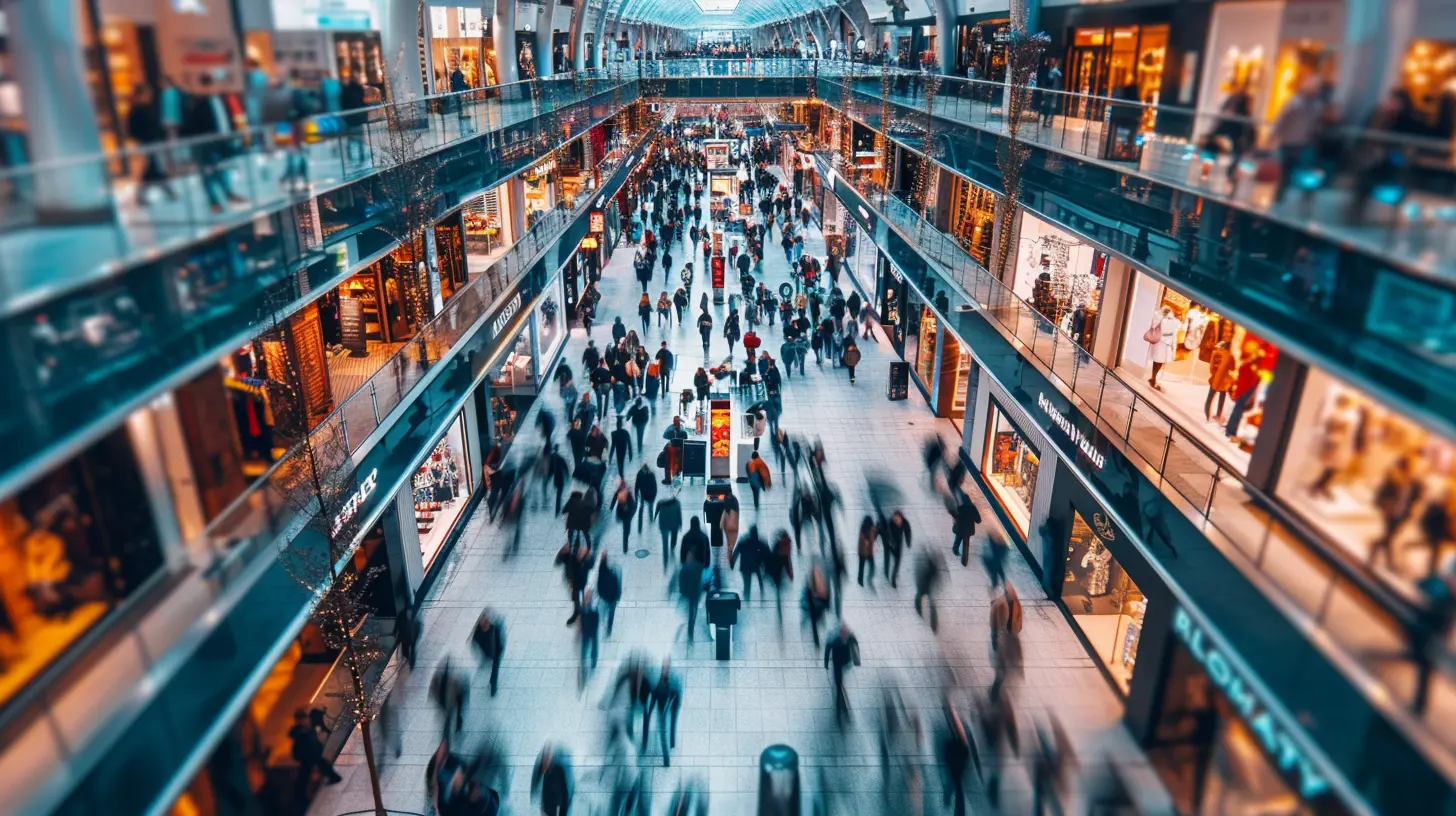
What’s Fueling the Growth of Mixed-Use Retail?
A few game-changing trends are pushing this retail revolution forward:1. Urbanization and the Need for Space
Cities are growing, and space is shrinking. That means developers can’t afford to use valuable land for just one purpose. By mixing uses—residential, office, retail, hospitality—developers can maximize returns and future-proof their investments.2. The Shift Toward Walkable Communities
People want walkable, 15-minute neighborhoods. They want to live where they work, shop where they eat, and socialize where they live. This lifestyle is driving demand for mixed-use spaces with retail as the access point to community.3. The Experience Economy
Let’s be real—shopping has changed. You can order almost anything online. But what you can’t get online? A cozy wine bar ambiance, an art gallery opening, or a live DJ spinning vinyl at a sneaker shop. Retail in mixed-use settings taps into the experiential itch people crave.4. Tech and Data Innovation
Smart buildings and data analytics are also playing their part. Retailers can now track foot traffic, predict customer behavior, and tailor experiences. This makes the retail component more responsive, adaptive, and profitable.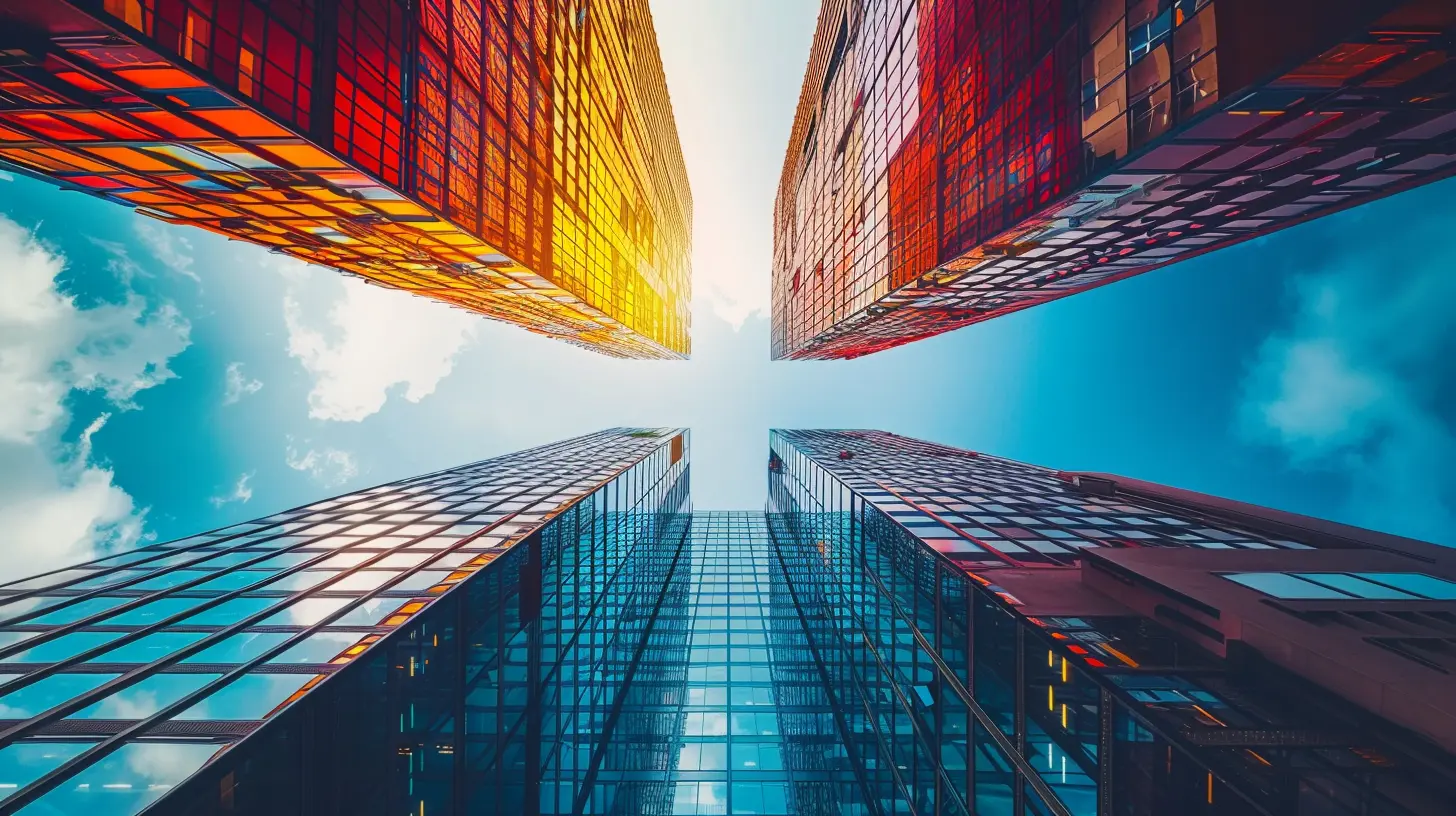
The Future Retail Formula: It’s All About Flexibility
Let’s face it, retail’s not dead, but it’s definitely evolving. If old-school retail was about “location, location, location,” the new mantra is more like “experience, flexibility, and community.”Here’s what the future blueprint looks like:
1. Smaller, Smarter Storefronts
You don't need a 10,000-square-foot store anymore. Brands are downsizing and getting smarter. Think micro-stores, showrooms, and omnichannel pickup hubs. They’re using in-store tech to pack more impact into less space.2. Hybrid Spaces
Picture this: A coffee shop that doubles as a bookstore, a yoga studio that's also a juice bar, or a retail space that transforms into an event venue at night. Blended-use within mixed-use is the next big thing.3. Local Flavor and Authenticity
Big-box chains are giving way to artisan shops and local vendors. Ground-floor retail in urban developments thrives when it reflects the neighborhood’s vibe. Developers are curating tenant mixes that feel real, relatable, and rooted in place.Wouldn’t you rather browse a hand-crafted candle shop run by a local maker instead of another cookie-cutter franchise?
Challenges Facing Retail in Mixed-Use Developments
Of course, it’s not all smooth sailing.1. Balancing Tenant Mix
Curating the right retail mix is more art than science. Too many cafes, and you’ve got saturation. Too many luxury stores, and you alienate residents. It’s a delicate dance between desirability, feasibility, and cultural fit.2. Foot Traffic Volatility
Covid-19 taught us that foot traffic can vanish overnight. Mixed-use designs need to be resilient and adaptable in the face of crises—whether health-related, economic, or social.3. High Rents and Gentrification
As these developments cater to higher-income residents, small retailers can get priced out. Developers and cities need to consider strategies like subsidized rent or community benefits to keep things inclusive.Tech’s Role in Shaping Retail’s Future
We can’t talk about the future without tipping our hats to tech. It’s reshaping how retail interacts with customers, spaces, and transactions.1. Augmented Reality (AR) and Virtual Try-Ons
Imagine walking past a store and using your phone to see how a jacket looks on you—without even stepping inside. AR is making this a reality.2. Smart Payment Systems
Contactless and mobile payments are now the norm. But in the near future, facial recognition and biometric payments could take that to a whole new level.3. Data-Driven Retail Spaces
Retailers in mixed-use setups can use real-time data—from weather patterns to pedestrian flows—to optimize staffing, promotions, and inventory. That’s not just smart; it's survival.Sustainable and Socially Conscious Retail
Another trend that’s not going anywhere? Sustainability.Retail spaces in mixed-use developments are increasingly going green. Think reclaimed materials, net-zero buildings, and stores prioritizing low-waste operations. Conscious consumerism is here to stay, and brands that align with these values are thriving.
But it's not just about being eco-friendly. It’s also about being people-friendly.
Developers are offering spaces for community events, nonprofit pop-ups, and cooperative businesses that give back. Retail is no longer just about buying and selling—it’s becoming a vehicle for social good.
Investment Opportunities: Why Now Is the Time to Jump In
If you're thinking of investing, developing, or even leasing in a mixed-use retail setting, now’s the time to get serious.1. Diversified Risk
Instead of betting on a standalone retail center, mixed-use spreads the risk. If one retail concept falters, you still have residential or office space buffering the income stream.2. Higher ROI Per Square Foot
Mixed-use spaces often command higher rents due to their built-in foot traffic and convenience factor. Plus, combining uses can significantly increase land value.3. Tenants Are Willing to Pay for Experience
Retailers in these developments can charge a premium because they're offering more than just space—they're offering community access, built-in audiences, and lifestyle alignment.What Does This Mean for Consumers?
At the end of the day, the evolution of retail in mixed-use spaces is all about making life more enjoyable, more convenient, and, dare we say, more human.You get more options, better experiences, and a deeper sense of connection. You're not just shopping; you're part of a hyper-local ecosystem.
And let’s be honest: Wouldn’t you rather hang out where everything you need is within a block or two?
Final Thoughts: Retail Isn’t Dead, It’s Reinventing Itself
Urban mixed-use developments are creating a new stage for retail to shine—and not just survive, but thrive. We’re stepping into an era where retail isn’t just where you spend money, it’s where you spend time.As cities get smarter and people rethink how (and where) they live and work, retail will continue to adapt, innovate, and integrate. The future isn’t just about buying stuff—it’s about being part of something bigger.
And guess what? The store down the street might just be the next community hub.
all images in this post were generated using AI tools
Category:
Urban LivingAuthor:

Lydia Hodge
Discussion
rate this article
1 comments
Azura McDonough
As urban mixed-use developments evolve, integrating innovative retail spaces with residential and office areas will be key. Emphasizing community engagement and sustainability can drive foot traffic and enhance the overall living experience in these vibrant environments.
October 4, 2025 at 4:50 AM

Lydia Hodge
Absolutely! Integrating innovative retail with residential and office spaces, while prioritizing community engagement and sustainability, is essential for creating vibrant urban environments that enhance the living experience and attract foot traffic.
